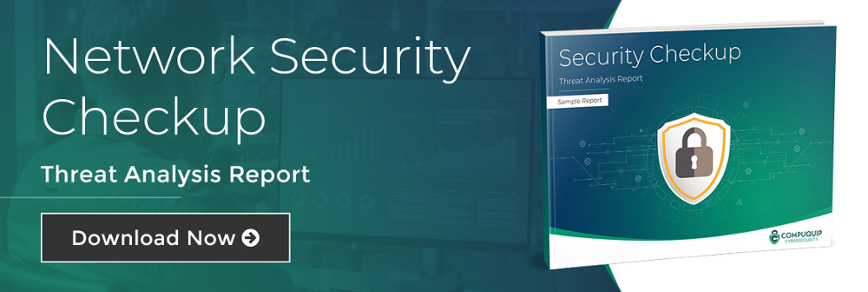3 Advantages of a Network Threat Analysis
Every organization faces a number of online threats on a daily basis. Network threat analysis can help organizations detect these cyber threats so they can remediate them quickly and efficiently—preferably before they can cause significant loss.
But, how does a network threat analysis work, and how can it help your organization?
Defining Network Threat Analysis
Considering how fluid the meaning of different cybersecurity terms can be (depending on whom you ask), it’s important to nail down a meaning for a network threat analysis before we talk about its benefits.
To create a broad definition, a network threat analysis is a process for studying various threats to your network in great detail—which is why the process can also be called a cyber threat analysis. Performing these analyses requires an ability to perform network threat detection and log security events for future study.
For example, security information and event management (SIEM) tools can be invaluable for completing a network security threat analysis in a timely and efficient manner.
Some advantages of carrying out an analysis of threats against your network include:
1) Forming Countermeasures to Specific Network Threats
If someone uses a specific type of cyberattack or exploits a particular vulnerability once, odds are they’ll try the same tactic again. Conducting security threat analyses into previous attacks against your network allows you to study their methodology so you can enact specific countermeasures to stop those attacks from working a second time.
For example, you could apply a security patch that fixes a vulnerability or exploit the attack used. Or, you could block the IP address of the attack’s source.
This will force the attacker to try different methods rather than simply repeating the same attack type over and over and getting results. At the very least, this can help you buy time—or, it may even prevent a repeat of a cybersecurity breach.
2) Establishing a Business Case for Modifying Your Network Security
A network threat analysis can be strong evidence for proving why specific changes need to be made to your cybersecurity architecture. By creating a list of the various cyber threats your company has faced over a set period of time, which assets were put at risk, and the potential cost impact of a breach, you can demonstrate why upgrades and updates to your cybersecurity tools, policies, and procedures are necessary.
This can help get buy-in from others in your business so they will commit to making the change.
3) Network Threat Analysis Results Can Help You Improve Your Overall Strategy
Changes to your security architecture should never be made blindly. You should always consider the kinds of threats and risks your company faces when implementing new security solutions.
Implementing new solutions without first studying the threats you face means going in blind. This, in turn, can lead to your organization wasting money on cybersecurity solutions that won’t make an impact on your biggest network security threats.
By routinely conducting network security threat analyses, you can identify the biggest threats to your network, study how they work, and choose the best combination of remediation strategies for those threats. This approach helps to strengthen your overall cybersecurity strategy so you company will get more “bang for the buck” for its information security expenditures.
Get Started with a Little Help from the Cybersecurity Threat Experts
If you need help conducting a network threat analysis, contact the experts at Compuquip Cybersecurity today! We can help you figure out what tools you need, conduct a thorough audit of your cybersecurity architecture, and set a strategy for improving your cybersecurity protections.
Or, sign up for a Network Security Checkup at the link below:

